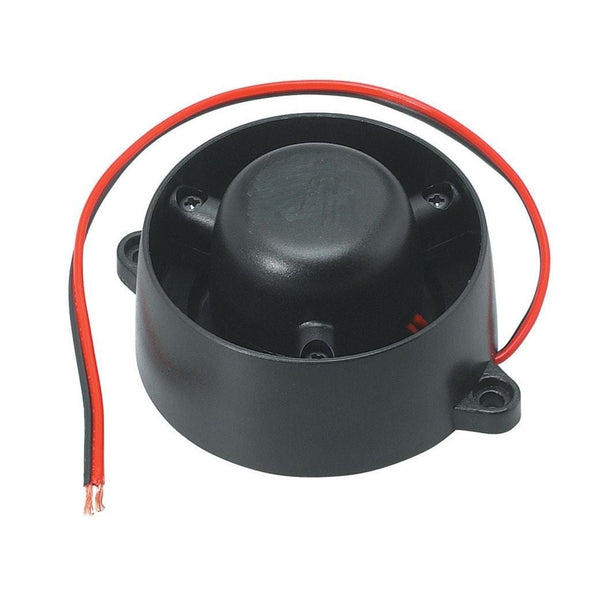

Can a piezo buzzer be used as a microphone? Sound waves cause the diaphragm to oscillate which then produces a voltage. The inner circuits of both devices are very similar, but they just work in opposite directions.Ī Piezo buzzer is supplied a voltage that causes its diaphragm (in this case a piezoelectric disk) to vibrate which in turn produces sound. Now that we know how each of these devices works we can look at their main differences and then later see how we can use the piezo buzzer as a microphone. Difference between a piezo buzzer and microphone This electric current can then be amplified or recorded as pleased. The permanent magnet creates a magnetic field and when the coil moves back and forth through this magnetic field an electric current is produced. This causes the coil (which is attached to the diaphragm) to oscillate as well. When you speak into the microphone, sound waves come in contact with the diaphragm causing it to The main components of the microphone are If we were to open up the microphone, you would be able to see the circuit as pictured below: The digital signal can then be stored for later use (like a digital recorder), or modified (like a voice changer). They are a great way of amplifying your voice over great distances without having to shout at the top of your lungs.īut, it isn’t just good for amplifying audio, they can be used to record it too.Īudio can be captured by microphone which can then be converted to a digital signal (which is done by a separate circuit). Microphones are used in many different applications from your favourite singer singing on stage, recording audio, podcasts, making a speech to an audience and so much more. The oscillation of the piezo disk (when a voltage is applied to it) can be visualised as shown in the diagram above. Varying the frequency of the voltage applied will cause the piezoelectric disk to oscillate at different frequencies hence generating different pitches of sound. Oscillation of the disk is what causes sound. The two faces of the piezoelectric disk have wires attached to them and when a voltage is applied to these wires, the disk oscillates. The main attraction of this setup is the Piezoelectric disk. If we were to open the piezo buzzer and take a look inside, we would find the lower housing, drive circuit, piezoelectric disk and upper housing. You might have a few, or you might have seen them before. To better understand how a piezo buzzer can be used as a microphone, let’s take a closer look at how it works.īelow is what a typical buzzer looks like when you buy it. Note, additional circuitry will be needed to make a microphone using a piezo buzzer. This signal can then be amplified or recorded the same way a microphone does.


When used in reverse, a sound can cause the piezoelectric disk of the buzzer to oscillate thus producing a voltage at the terminals of the piezo buzzer. Normally the piezo buzzer produces a sound when voltage is applied to it. The signal can then be amplified or converted to a digital signal depending on the needs of the application.īut, can you use a piezo buzzer as a microphone? Yes, a piezo buzzer can be used as a microphone. Microphones are devices that capture sound waves and convert them into an electrical signal. On the flipside of producing sound, is the ability to record or amplify sound. They generate beeps and tones when a voltage is applied to it and can be found in many applications such as doorbells, children’s toys, musical instruments, smoke alarms etc. Sound also plays a major role in many electronic applications.Ī Piezo Buzzer is one of the many ways you can add an audio element to your project. We are surrounded by sound everyday, from the music we listen to, the sounds of nature, conversations with friends etc.


 0 kommentar(er)
0 kommentar(er)
